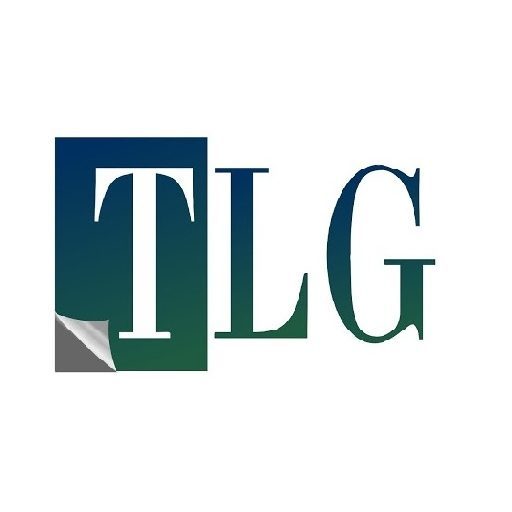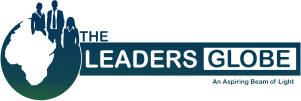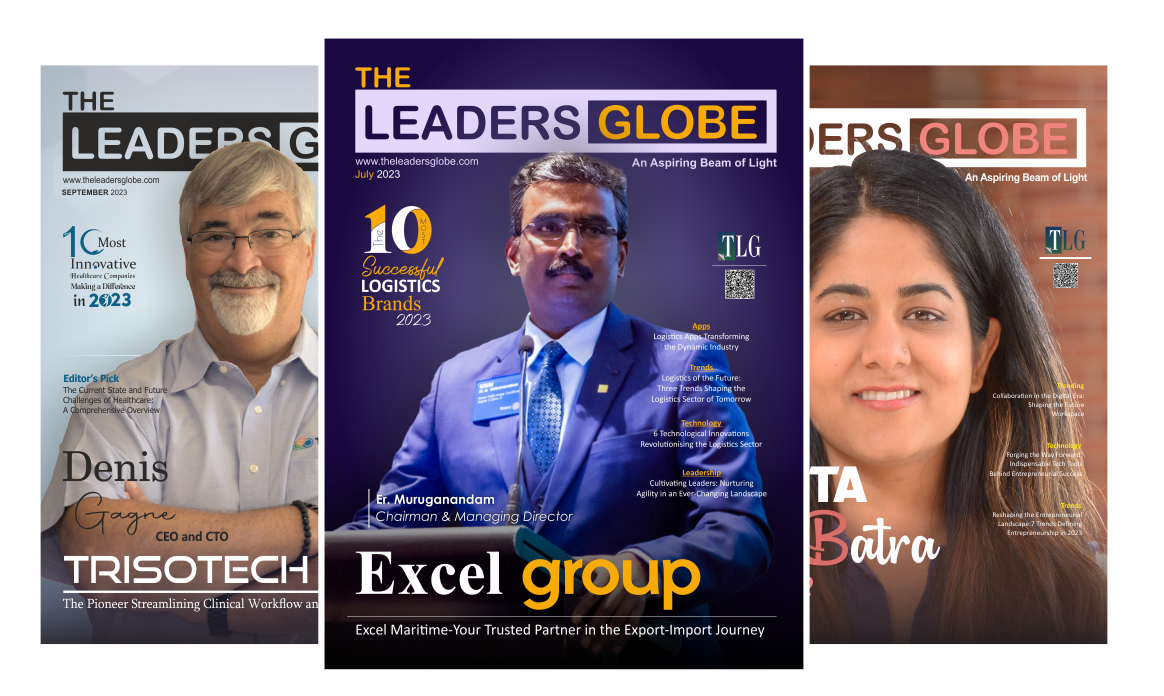In today’s rapidly evolving digital landscape, the Internet of Things (IoT) has emerged as a transformative force. The concept of interconnected devices and systems has revolutionized industries, making our world increasingly hyper-connected. Harnessing the potential of IoT has become crucial in maximizing efficiency, improving decision-making, and creating innovative solutions. This article explores the implications of IoT in a hyper-connected world and discusses its benefits, challenges, and potential applications.
IoT not only provides access to publicly shared information on social media but also captures valuable insights about individuals’ daily lives. This wealth of data opens doors for digital marketers, allowing them to understand how, when, and why consumers use products. Those who effectively leverage this information gain a competitive edge. However, marketers face an ethical dilemma regarding consumer privacy. Balancing the use of this data for personalized experiences without crossing the line of intrusion is a significant challenge. To unlock the true potential of IoT, marketers must find ways to harness and analyse the vast amount of data generated while respecting and safeguarding consumer privacy.
The Power of Connectivity
The essence of IoT lies in its ability to connect a vast array of devices, from smartphones and wearables to household appliances and industrial machinery. This interconnectedness enables seamless data exchange, leading to enhanced operational efficiency, optimized resource utilization, and improved user experiences. For instance, in smart homes, IoT-enabled devices can regulate energy consumption, enhance security, and automate routine tasks. In manufacturing, IoT facilitates real-time monitoring, predictive maintenance, and streamlined supply chain management. Furthermore, IoT enables advancements in healthcare, agriculture, transportation, and environmental monitoring, revolutionizing these sectors.
Data as the Fuel
At the core of IoT lies data—vast volumes of it. Every connected device generates a continuous stream of information, creating an immense opportunity to extract valuable insights. However, effectively harnessing this data requires sophisticated analytics tools and techniques. Artificial intelligence (AI) and machine learning algorithms play a vital role in processing and interpreting IoT data, enabling organizations to make data-driven decisions. By analysing patterns and trends, businesses can optimize processes, improve customer experiences, and develop innovative products and services.
Challenges and Security Concerns
As the number of connected devices continues to proliferate, challenges and security concerns also arise. IoT networks are susceptible to cyber threats and breaches, risking privacy, data integrity, and system reliability. It is imperative to implement robust security measures, including encryption, authentication protocols, and frequent software updates. Furthermore, interoperability issues between different IoT platforms and devices hinder seamless integration, creating complexities for developers and users alike. Standards and protocols that enable interoperability need to be established to ensure compatibility and ease of implementation across diverse IoT ecosystems.
Applications and Future Possibilities
The potential applications of IoT are vast and varied. In healthcare, IoT-enabled medical devices can remotely monitor patients’ vital signs, improve diagnostics, and enhance personalized treatment plans. Smart cities leverage IoT to optimize resource management, reduce traffic congestion, and enhance public safety through intelligent surveillance systems. Agriculture benefits from IoT by enabling precision farming techniques, optimizing irrigation, and monitoring crop health. Additionally, IoT is revolutionizing transportation with connected vehicles, enabling efficient traffic management, predictive maintenance, and autonomous driving capabilities.
Looking to the future, advancements in edge computing, 5G connectivity, and artificial intelligence will further propel IoT’s growth. Edge computing allows processing and analysis of IoT data closer to its source, reducing latency and enhancing real-time decision-making. The advent of 5G networks enables faster and more reliable communication between devices, unlocking new possibilities for IoT applications. Moreover, AI-driven analytics will continue to drive innovation by enabling predictive and prescriptive analytics, automation, and self-learning systems.
The Internet of Things is transforming our world into a hyper-connected ecosystem, where devices, systems, and people interact seamlessly. With the right approach to security, data management, and interoperability, IoT has the potential to enhance efficiency, drive innovation, and improve the quality of life for individuals and societies across the globe. Embracing IoT is essential for thriving in our increasingly interconnected future.




